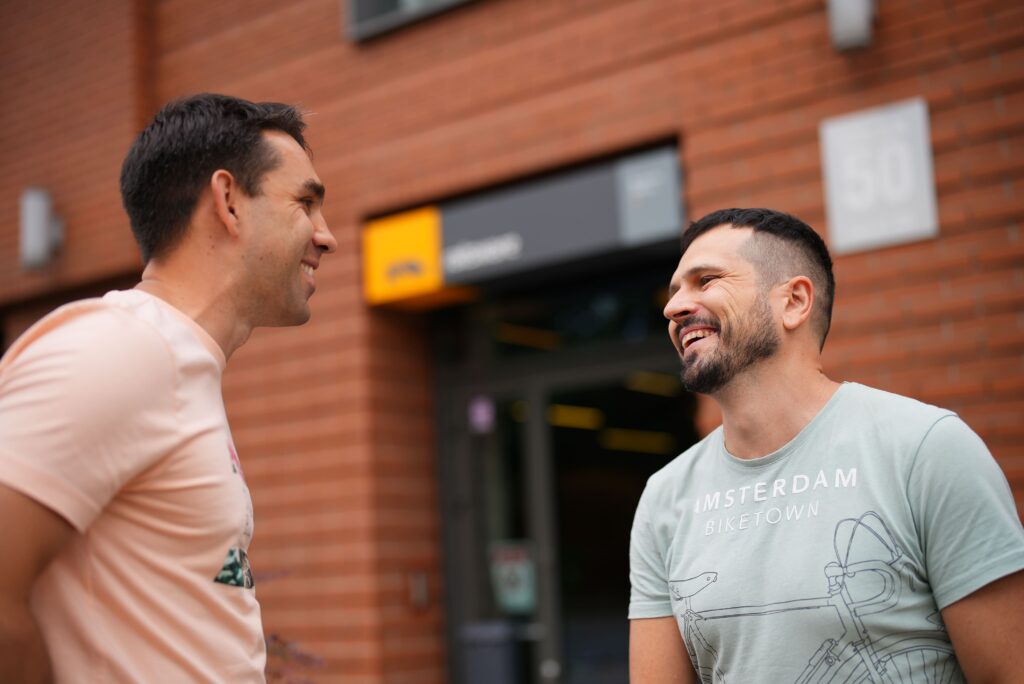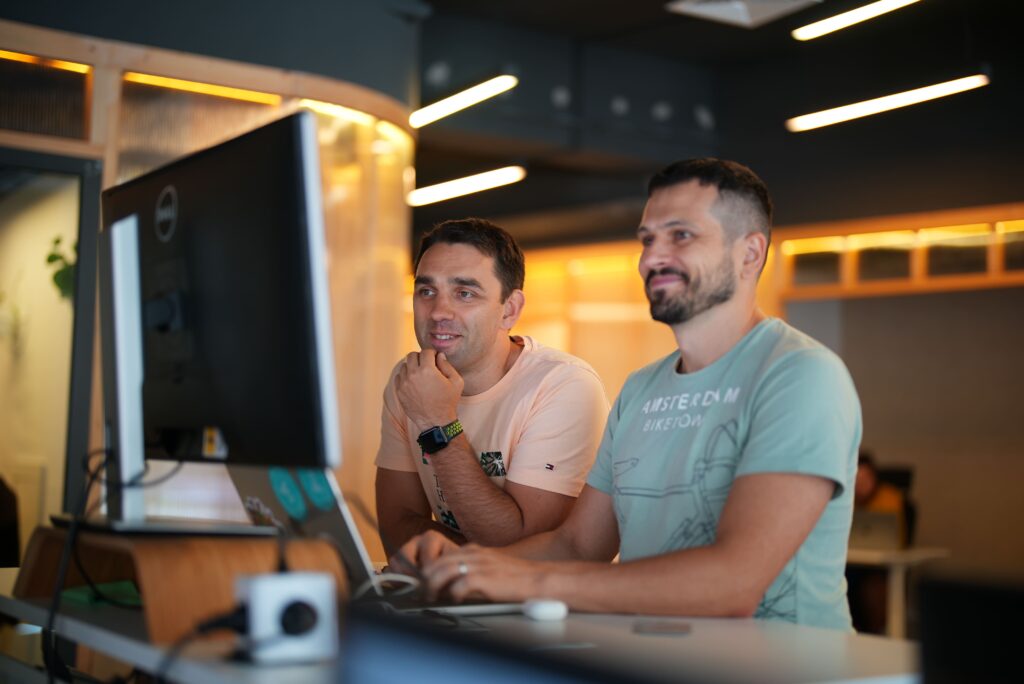I had a dream – to create a place where happy, talented people work in unison, craft quality products, and do things that matter.
Today Railsware is a remote-friendly team with three offices and remarkable professionals spread over 28+ countries.
A big dream and people who share the same values led us to what Railsware is now – the team with outstanding product expertise acknowledged by clients and millions of users. We grew into a Product Studio that successfully combines two business directions: the development of own products and consultancy. These directions are integrally connected and complement each other. Due to well-functioning product management, engineering, design processes, and polished approaches, we turn ideas into growing products.

The Start
The Railsware roots go back to the year 2007, when a small group of tech-savvy enthusiasts established it. One of them later became CEO and plays this role nowadays. That was a long winding road full of experiments and insightful learnings. We worked hard to gain our expertise in business processes and product management. All while continuing to polish our software development approaches. Our first profitable project shaped the product team inside Railsware. That also was a time when our coding culture and delivery approaches evolved.

Product Studio Model
Our team always wanted to be involved in the product creation and growth process, not just coding. We practiced different business models and even tried co-founding a few products in the early days. That was a valuable experience, which exposed our business management gaps. The need for new knowledge was evident, and we decided to gain it through learning from successful product companies based in Silicon Valley. We analyzed their cases and approaches in order to apply them to our business.
In 2012 we met the Pivotal Labs team, and it was a real game-changing experience for us. That knowledge-sharing trip aroused our consciousness and took the Railsware business to a new quality level. We learned about a powerful product discovery tool – Inception, the advantages of pair work and pair programming, and many other great things, which later boosted the quality of our business processes and product development cycle.
Powered by this knowledge and a clear vision of how to manage the team, we transformed our team model.

Today, we use the same approaches no matter if we’re working on a client’s product or our own. We invest in our craft and then apply it to building better products. This way, we form a continuous improvement cycle and shape the Product Studio as a platform for successful products’ repeatable creation and growth.
Railsware Products
Experimenting with internal tools laid the foundation for our paid products – Mailtrap, TitanApps, and Coupler.io. Today, they are used by millions of people around the globe and acknowledged by world-class teams like Atlassian, Adobe, GitHub, Yelp, and Pivotal.
Culture We Build
To leverage the Railsware business, we reinvest profit in our own products and team development.
From the early days, we made development culture the core of our business. It paid off big time, both with the quality of our projects and Railswarians, who tend to stay with us for 5+ years. The T-shape personality approach unlocks our professional potential in different areas. Through the collaborative way of work, we constantly share our knowledge, learn from each other and master our craft every day. Flexibility and trust are at the core of everything we do.
Our culture has developed over the long course of Railsware evolution. Now our team stands for a strong belief in the end value of what we do along with continuous learning and improvement.

We strive to influence the way companies are managed through the proven approaches and the products we build. Our goal is to expand the Railsware formula to the industry, leveraging company reputation and market visibility.
There is a difference between, “I think” and “I know”. You can build a team only with “I know”. But you can get to “I know” only going through successful experiments and mistakes




